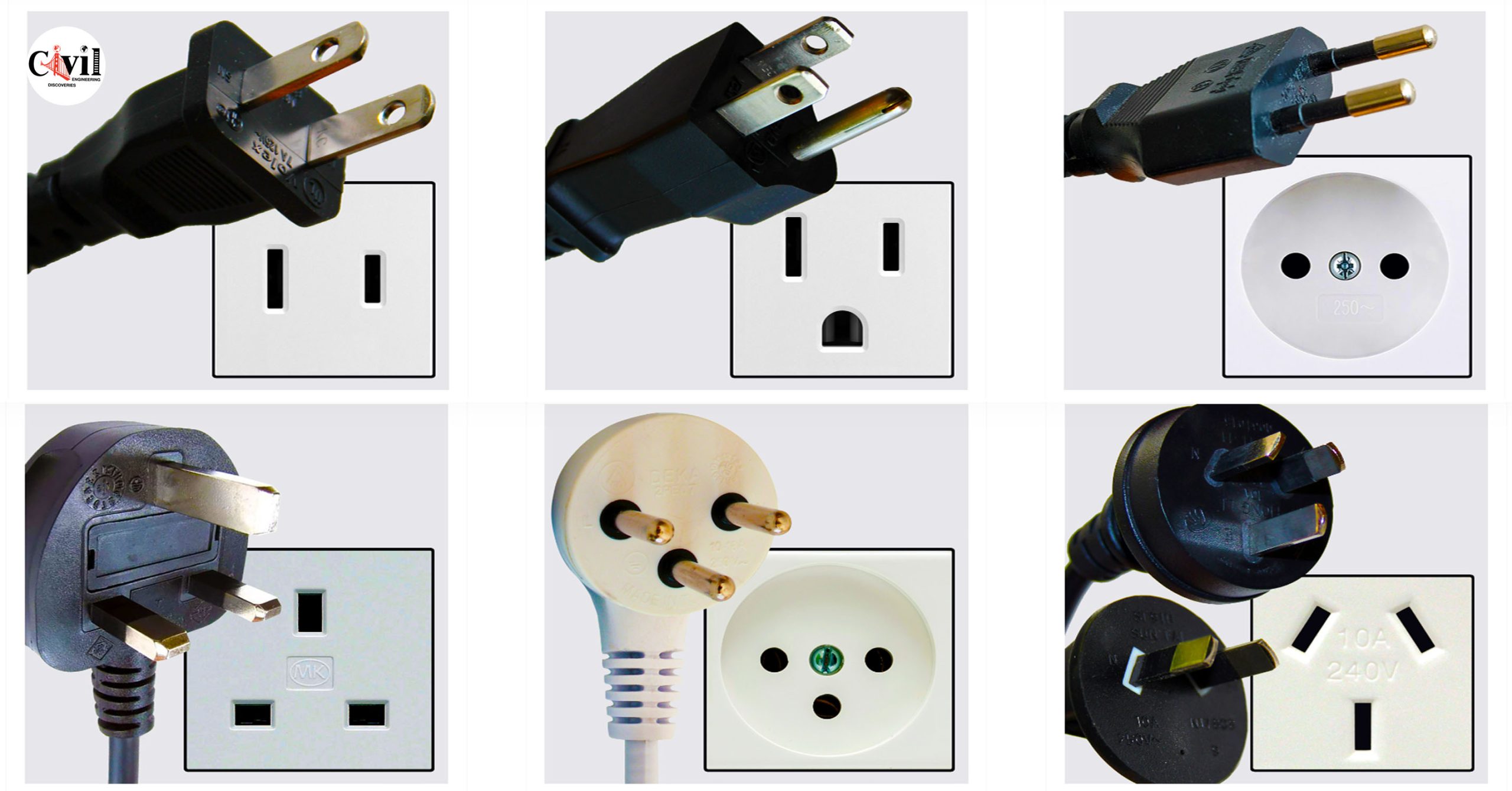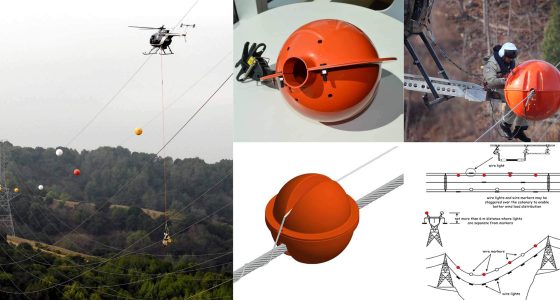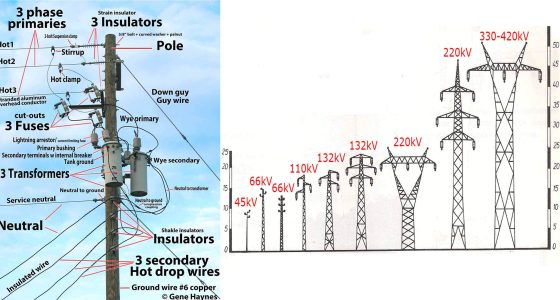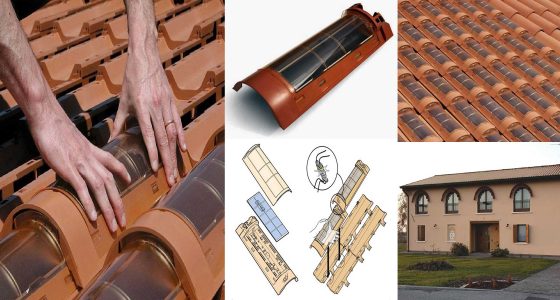In today’s globalized world, traveling or relocating to different countries requires a detailed understanding of the local electrical systems, especially the plug and socket types. Different nations use different voltage standards, frequencies, and plug designs, which means that your electrical devices might not be compatible when moving to another country. This guide offers a thorough examination of the various plug and socket types used worldwide, ensuring that you are fully prepared for any travel or international relocation.
Understanding Voltage and Frequency Variations
One of the first aspects to consider when dealing with global plug types is the variation in voltage and frequency. Electrical systems across the world operate at different standards, with most countries falling into either the 110-120V or 220-240V categories. Additionally, the frequency at which electricity is delivered can vary, typically between 50Hz and 60Hz.
Countries like the United States and Japan use 120V at 60Hz, whereas most European nations operate on 230V at 50Hz. Understanding these differences is crucial because plugging a device into an incompatible voltage outlet can lead to equipment damage.
Common Plug and Socket Types
Click Here To See Why Are Salt And Charcoal Added In Earthing Pit











